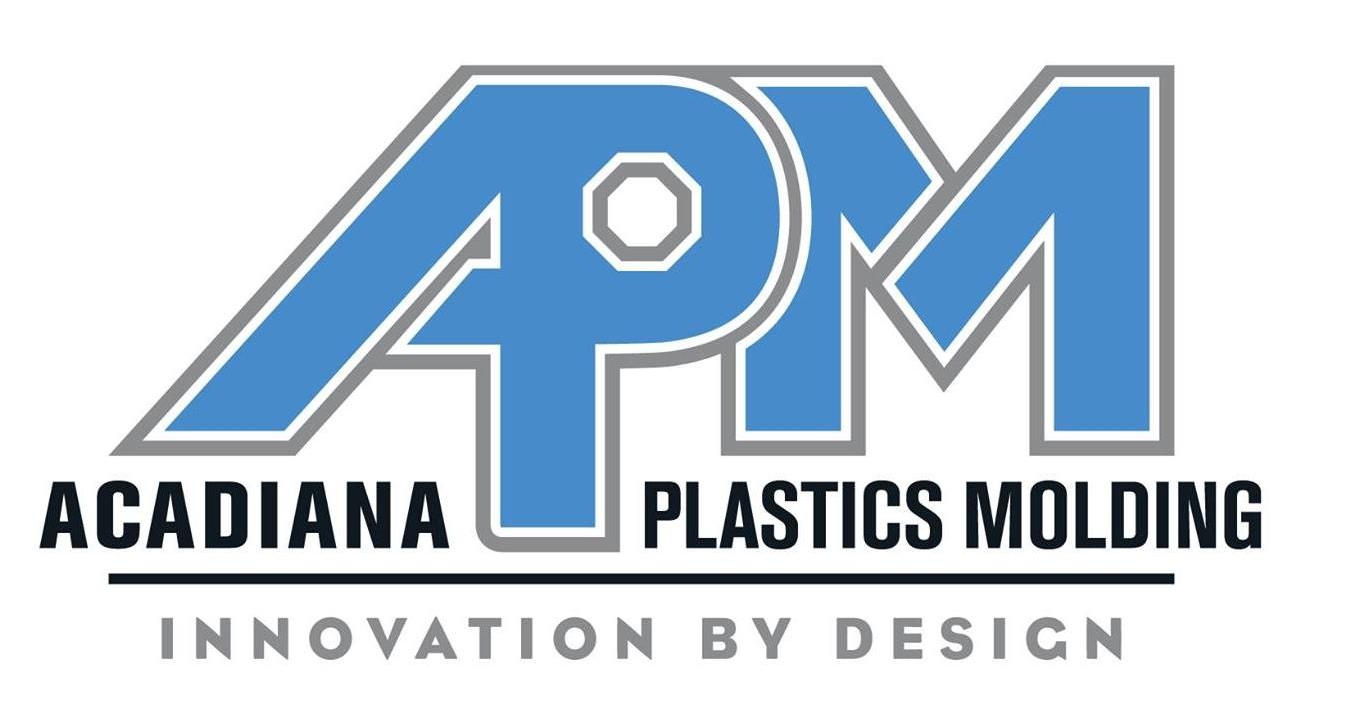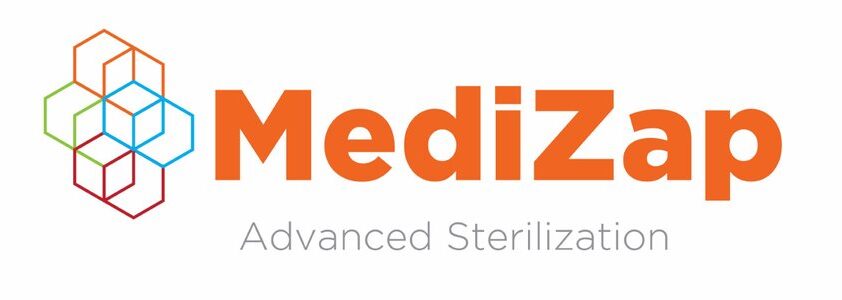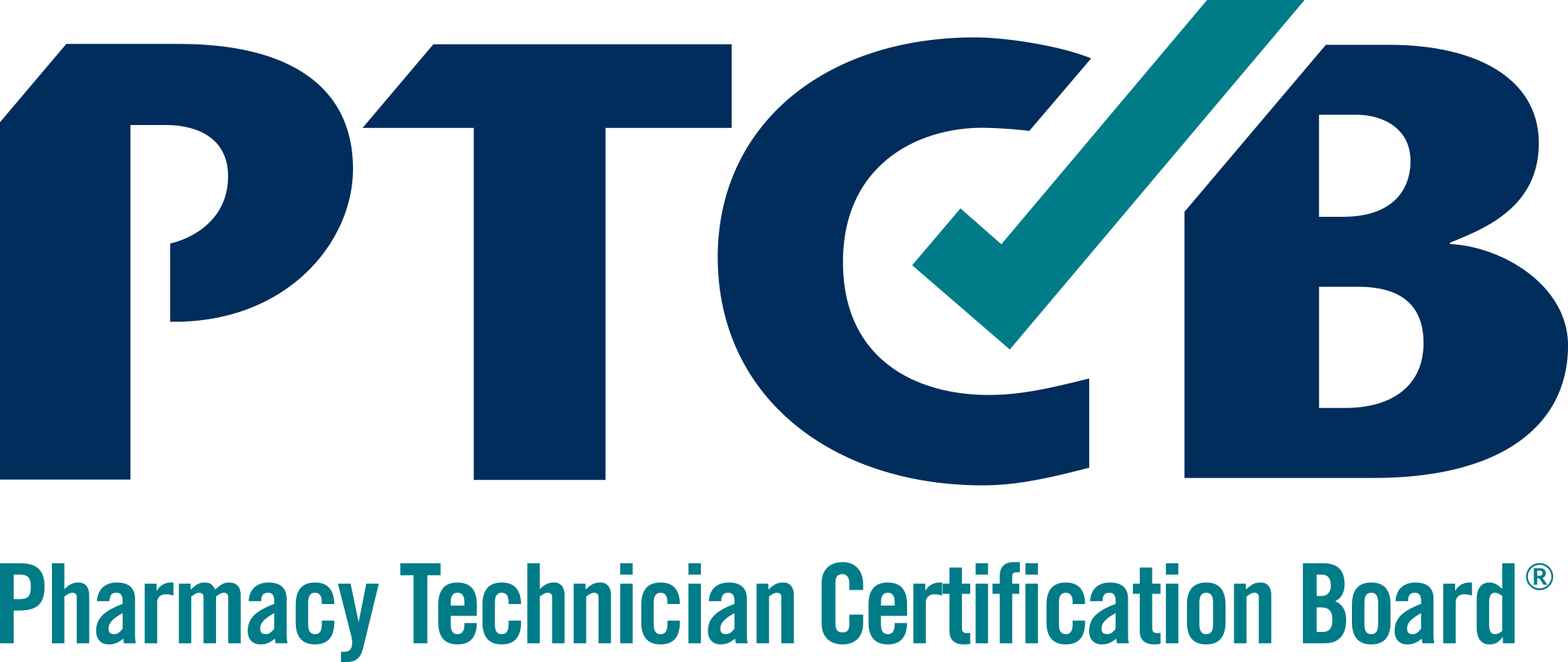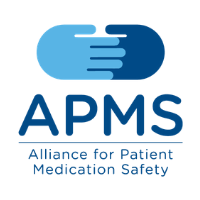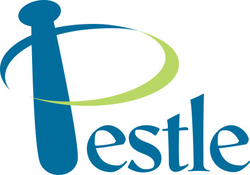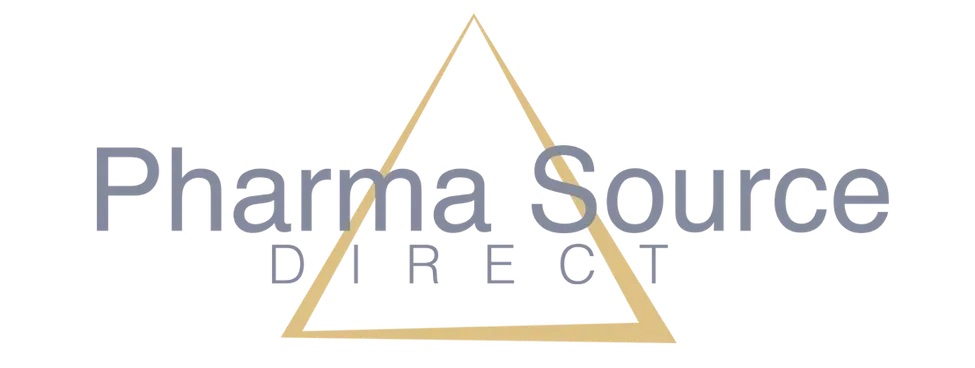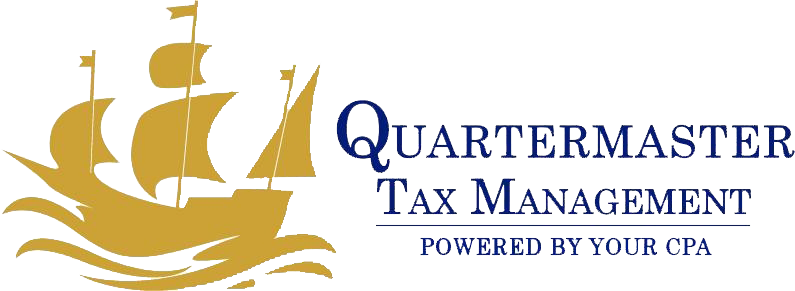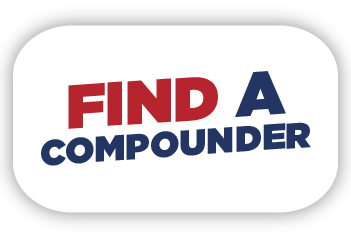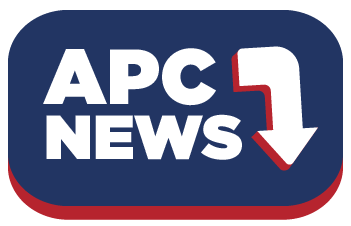August 15, 2024
APC releases “best practices” guide for compounding drugs in shortage, including GLP-1s
FOR IMMEDIATE RELEASE
Contact:
Scott Brunner
CEO, Alliance for Pharmacy Compounding
(404) 844-8607 • scott@a4pc.org
A new document provides compounding pharmacies best practices for dispensing customized medications that are in shortage, including GLP-1 drugs such as semaglutide and tirzepatide.
Released by the Alliance for Pharmacy Compounding, the trade association for the pharmacy compounding industry, “Best Practices When Compounding FDA-Approved Drugs Listed in Shortage” explains the ethical, legal, and practical concerns compounding pharmacies need to pay attention to, not only from a business perspective but, more importantly, to protect their patients’ health.
With fake and illegal online stores popping up, it’s critical for legitimate, state-licensed compounding pharmacies to maintain the profession’s high standards. Thus the document covers topics including the importance of ensuring quality, FDA-registered sources for ingredients, the nuance of the FDA’s drug-shortage list, and assuring advertising and marketing claims are appropriate.
The guide also provides information for prescribers who need to know that the pharmacies they refer patients to are adhering to a framework for ethically and legally compounding drugs during shortages.
“Best Practices When Compounding FDA-Approved Drugs Listed in Shortage” is available for free download at the APC website.
APC also provides best practices documents for ketamine compounding and office-pay transactions, as well as a public statement on peptide compounding.
###
Quotes
Attributable to Gina Besteman, board chair-elect of the Alliance for Pharmacy Compounding or Gina Besteman, pharmacist at Belmar Pharmacy in Madison, Wisc.:
“These best practices apply to all shortage drug compounding, but they’re especially important now when so many pharmacies are compounding GLP-1s.”
“Compounding FDA-approved drugs during shortages is nothing new — pharmacies have been doing it well before GLP-1s came on the scene, and they’ll continue long after this current shortage ends.”
Attributable to Scott Brunner, CEO of the Alliance for Pharmacy Compounding:
“With all the misinformation and misrepresentation of pharmacy compounding by drugmakers and in the media, these best practices provide real clarity about the compliance standards legitimate state-licensed compounding pharmacies should be — and in most cases, are — adhering to.”
Background information
Please reach out to us with questions or for clarification on any of these points: Visit
compounding.com/press-room or email info@a4pc.org.
Important facts about pharmacy compounding
Pharmacists may compound a medication under two circumstances:
1) Appropriateness: When a manufactured drug doesn’t come in an FDA-approved strength, dosage form, or combination that is appropriate for a particular patient, a provider may prescribe a compounded drug.
2) Accessible: To assure continuity of patient care during a drug shortage, providers may prescribe a compounded copy of an FDA-approved drug when that drug appears on the FDA Drug Shortages list.
Compounding drugs in shortage does not rely on a “legal loophole.” It’s an intentional and necessary policy designed to assure continuation of patient drug therapies when the supply chain breaks down. When drugs are on the FDA Drug Shortages list, compounding pharmacies are permitted — in fact, counted on — to step in and help patients get medications their prescribers judge they need.
Compounded drugs are not “copycats,” “knock-offs,” “dupes,” or “counterfeits.” They are not handbags spread out on some Manhattan sidewalk. They are legitimate prescription drugs created from FDA-regulated pure ingredients in pharmacy labs that adhere to the rigorous compounding standards of the US Pharmacopeia and are licensed by state boards of pharmacy.
Prescribers, not pharmacists or patients, decide when a compounded drug is warranted. A pharmacy can only dispense a compounded medication when a prescriber — physician, nurse practitioner, PA, or veterinarian — writes a prescription for that compounded medication. A prescription for compounded semaglutide, for instance, is not the same as a prescription for Wegovy.
FDA-approved drugs listed as “currently in shortage” may be compounded. According to FDA, a shortage is based on whether the supply of a drug can meet the demand. (At this point, FDA apparently still considers brand-name GLP-1 injectables “currently in shortage” — its data indicates that the supply is not yet sufficient to meet the demand.)
More information for media
APC has several documents for the media explaining some of the nuances of pharmacy compounding — links are on top of our home page, a4pc.org. Highlights:
- Traditional Compounding 101 (1-page PDF)
- GLP-1 compounding primer for reporters (2-page PDF)
- APC’s detailed statement on shortage drug compounding and GLP-1s
- “How to Be Confident Your Compounded Drugs Are Legit” (short video)
About APC
The Alliance for Pharmacy Compounding is the voice for pharmacy compounding, representing more than 500 compounding small businesses — including compounding pharmacists and technicians in both 503A and 503B settings — as well as prescribers, educators, researchers, and suppliers.
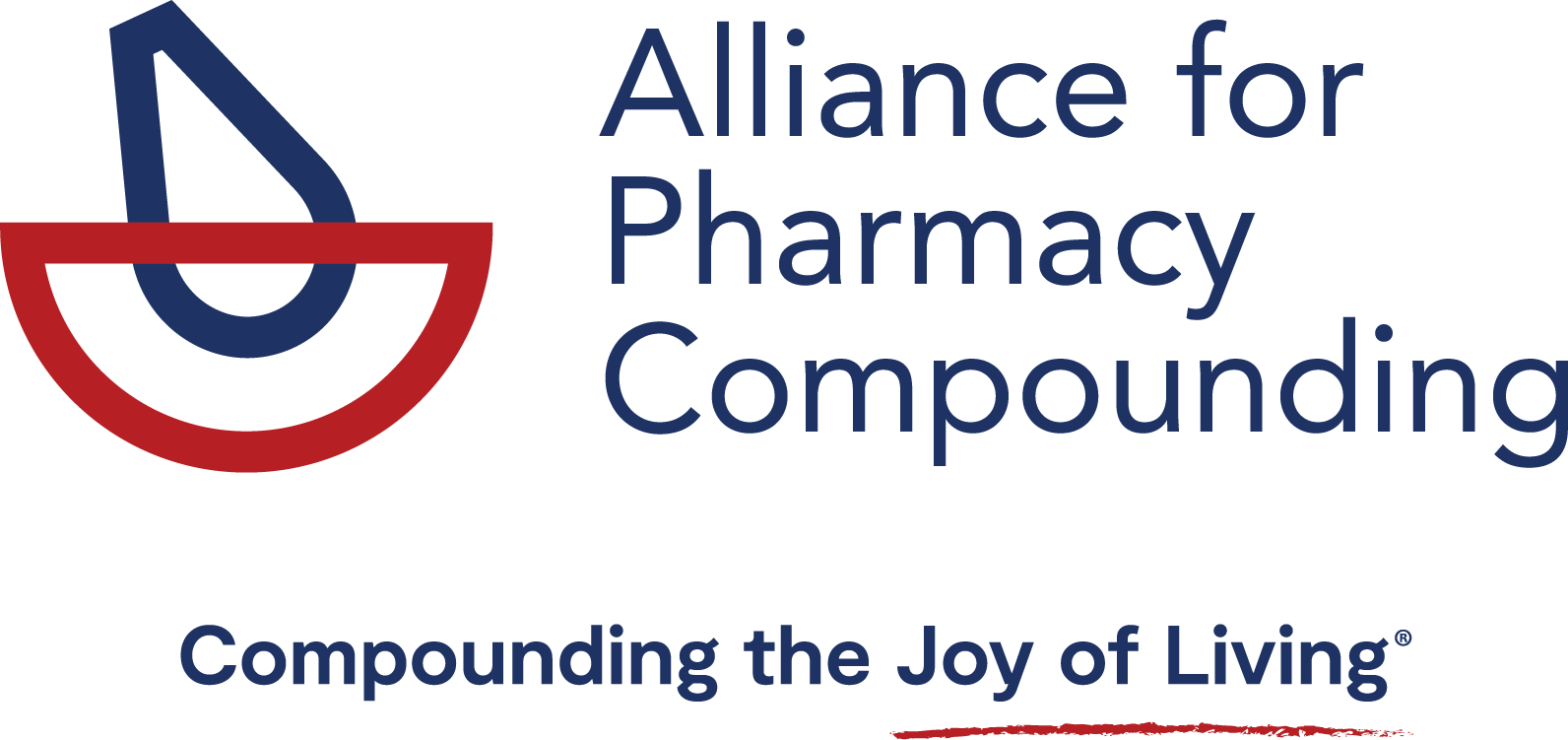

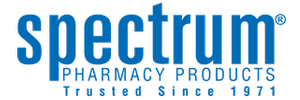

![Topi-CLICK a Division of TEAM Outlines[1]](https://a4pc.org/files/Topi-CLICK-a-Division-of-TEAM-Outlines1.png)




